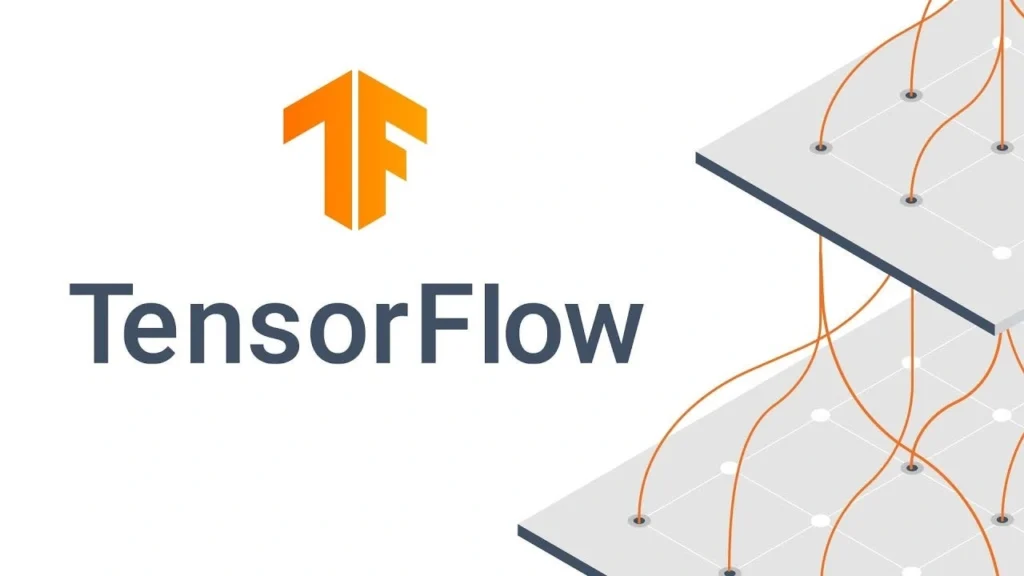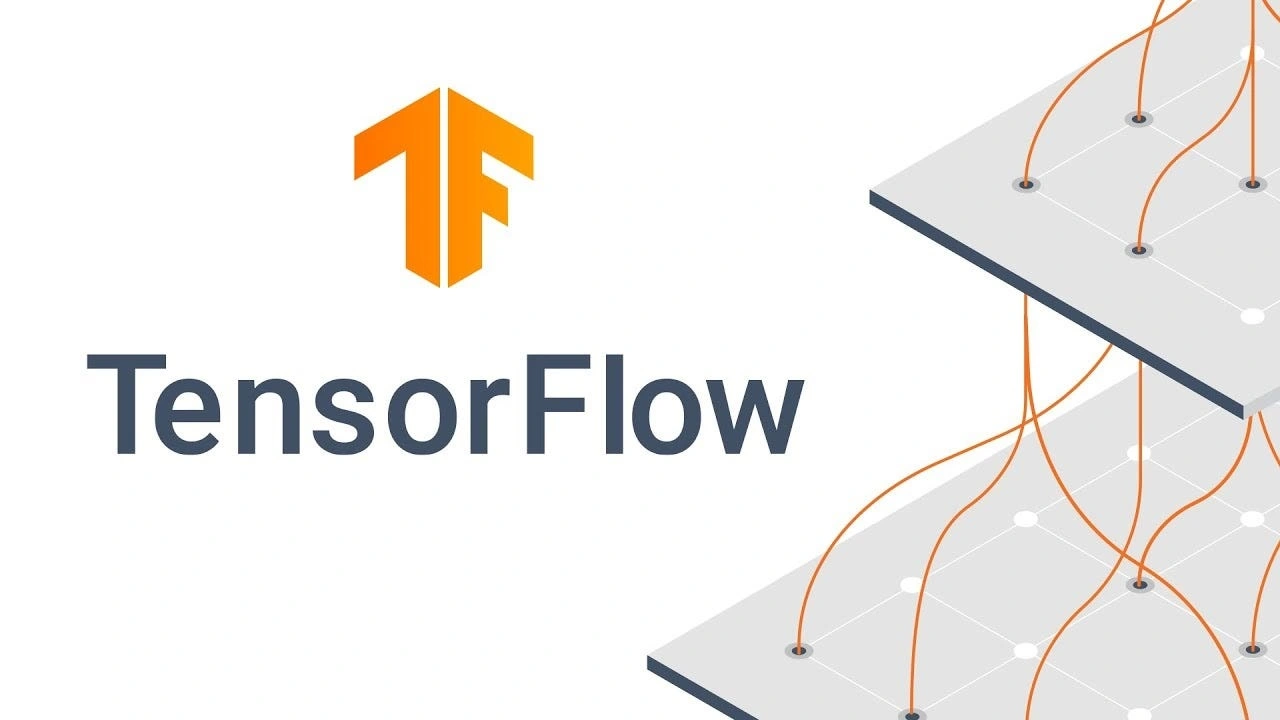Hello friends, how are you all? In today’s article, we will talk about what is tensorflow Google? What are you going to benefit from doing tensorflow google course? You are going to get complete information about TensorFlow hub here. tensorflow google colab is an open-source and most popular deep learning library for research and production, tensorflow is a type of symbolic mathematics library in python that uses data flow and differentiable programming to perform tasks based on training and inference of networks. TensorFlow is widely used by researchers, developers, and data scientists to deploy machine learning models, especially deep learning models, to create a variety of machine learning applications.
A Machine Learning Programe By Google Tensorflow
Tensorflow google course:- There are many online courses and resources available to learn TensorFlow. Here are some popular TensorFlow courses that you can consider:-
Introduction to TensorFlow for Artificial Intelligence, Convolutional Neural Networks in TensorFlow, Natural Language Processing in TensorFlow, and Sequences, Time Series, and Prediction.
Developer Professional Certificate (Coursera)
This program is a great introduction to TensorFlow Covers essential concepts, including deep learning models, computer vision, NLP, and sequences. Getting Started with TensorFlow 2 (Pluralsight): This course is suitable for beginners and covers the fundamentals of TensorFlow 2 , which includes building, training, and implementing models. It also includes hands-on exercises and real-world examples.

Steps To Start With Tensorflow Hub
- Step 1: Install TensorFlow
- Install TensorFlow on your system. You can choose between TensorFlow CPU or TensorFlow GPU (if you have a compatible GPU) depending on your requirements. You can find installation instructions on the TensorFlow website.
- Step 2: Set up your development environment
- Set up your development environment by installing a Python distribution (e.g., Anaconda) and a suitable integrated development environment (IDE) such as Jupyter Notebook or PyCharm.
- Step 3: Import TensorFlow
- Import the TensorFlow library into your Python script or Jupyter Notebook by adding the following line at the beginning of your code : – python, Copy code, import tensorflow as tf
- Step 4: Define your model architecture
- Define the architecture of your machine learning model using TensorFlow’s API. This includes creating layers, defining the input and output shapes, and specifying activation functions.
- Step 5: Prepare your data
- Preprocess and prepare your data for training. This may involve tasks like data cleaning, normalization, feature engineering, and splitting your data into training and testing sets.
- Step 6: Build and compile your model
- Build your model using the defined architecture. Use TensorFlow’s model-building APIs to create the model structure. Compile the model by specifying the optimizer, loss function, and metrics you want to use for training and evaluation.
- Step 7: Train your model
- Train your model on the training data using the fit() method. Provide the training data, specify the number of epochs (iterations), and set other training parameters like batch size.
- Step 8: Evaluate your model
- Evaluate the performance of your trained model on the testing data using the evaluate() method. This will give you metrics such as accuracy, loss, or any other metrics you defined during model compilation.
- Step 9: Make predictions
- Use your trained model to make predictions on new, unseen data using the predict() method. Provide the input data, and the model will output predictions based on what it has learned during training.
- Step 10: Save and load your model (optional)
- If you want to reuse your trained model in the future without retraining, you can save it to disk using TensorFlow’s model serialization methods (save() and load_model()) and load it later when needed.
Getting Started With TensorFlow 2 (Pluralsight): This course is suitable for beginners and covers the fundamentals of TensorFlow 2, Overall, TensorFlow google is a powerful and versatile framework that developers and Enables researchers to build and deploy machine learning models for a wide range of applications. It has gained significant popularity and is widely used in both academia and industry.
